Table of Contents
Around the globe, people take time off in January. In January, there are several holidays, festivals, observances, national days, food days, and festivities to look forward to.
January Global Holidays are divided into groups based on when they occur every month. Some dates are subject to vary from year to year.
For further information about January global holidays please go to the specific observance’s article.
Facts and trivia about January :
In both the Julian and Gregorian calendars, January is the first month of the year and the first month of the month. The term ianua is derived from the Latin word for door, which means “to open.” It is widely accepted that the month was named after the Roman deity Janus, who was also known as the god of the sun. Ancient Roman farmers’ almanacks, on the other hand, name Juno, a Roman goddess who served as guardian and special advisor to the state, as the deity for January.
Holidays on the First Month of Year
This is a list of the daily holidays and festivities that take place on a certain day in January, arranged in chronological order:
January 01: Apple Gifting Day
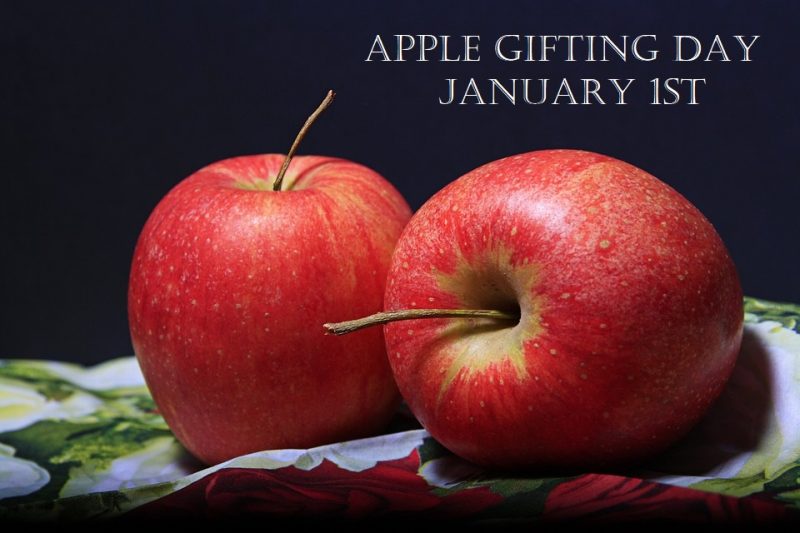
To start the new year off right, try this unusual food holiday with an unknown origin. A general name for fruit other than berries was used until the 17th century, and apple was one of them until then. Among many other things, the apple is a sign of love, intelligence, plenty and good health. It also represents beauty and rebirth. Giving an apple may be interpreted as wishing the receiver good health and a productive year, among other things. Friends and family members should be given apples as gifts. With over 7,000 varieties of apples, you should be able to find a new one to give away every year.
January 01: New Year’s Day
Beginning on January 1st, a New Year begins, heralding in a year of fresh starts, new hopes, and exciting new experiences. Christmas Eve and New Year’s Eve are celebrated on December 31st.

The date of January 1st is significant, but why is it significant? We must go back in time, all the way to antiquity, to completely comprehend what is being said. Romans started their calendar year in the middle of March, which is also the case still. After all, it was that time of year when life began to emerge from the depths of winter, which made sense. As the leaves turn green and flower buds emerge from the ground, evidence of fresh life may be seen all around. Hibernating animals begin to emerge from their rest, while newborn animals take their first steps in the world.
When Julius Caesar arrived, he brought with him a set of his own beliefs. Caesar had seen a magnificent and interesting calendar while on a trip to Egypt. In Rome, he and his academics started to interpret and tamper with it to come up with the Julian Calendar, which they named after himself. Unfortunately, as a result of these modifications, the Egyptian calendar’s accuracy was utterly compromised. At this point, it was determined that the new year would begin on January 1st.
It was Pope Gregory XIII who, in 1582, created the Gregorian Calendar, which had been edited and corrupted for years before. This calendar fixed the dates and was deemed to better embrace the four seasons than the previous calendar. In today’s world, this calendar is used by the vast majority of nations
Around the globe, there have been and continue to be numerous calendars in use. Calendars such as those used by Aztecs, Hindus, and Jews are only a few examples. Asian nations use the lunar calendar and celebrate the New Year in January or February, whilst India celebrates the New Year, known as Diwali, in October or November, depending on the region. Early October is the time for the Jewish New Year, which occurs in September.
Everybody looks forward to the New Year is a time to rejoice. In this season of reflection, we should forgive others and make apologies for our wrongs from the past. A time to think about our futures while also appreciating the company of family and friends.
January 06: Epiphany
This marks the formal conclusion of the Christmas season in the Christian tradition. Christmas Day is predominantly celebrated by Western Christians as a commemoration of their journey to Bethlehem and the presentation of their gifts to the baby Jesus (gold, frankincense, and myrrh). The baptism of Jesus and the miracle at the Wedding at Cana are both mentioned in passing (the first miracle attributed to Jesus of turning water into wine). In the Jordan River, Eastern Christians commemorate Christ’s Baptism.

- The tradition of finding a special cake baked inside that has something baked inside it is followed in many countries, and the person who finds it is crowned king for the day. Carnival season, which culminates on Mardi Gras in some countries, begins with this celebration.
- Wassail (folk plays) and mumming (folk music) are traditional celebrations in England (hot mulled cider).
- Twelfth Cake, a dense fruitcake, was a traditional dish. It was a day of kingship for the person who discovered the baked-in bean! It was the villain who had to be found, while the fool had to be found with the twig, and finally, the tart had to be discovered with the rag.
- To this day, the yule log is still blazing brightly.
- It is known as Dia de Los Reyes Magos in Latin American countries (Three Kings Day). The nativity scene is completed with the addition of the three wise men. In the hope that the Wise Men will leave fruits, candy, and trinkets in their shoes as a gift, the children leave their shoes by the door.
- As opposed to Christmas Day, some countries prefer to give gifts on this day.
- Traditionally in Mexico, a sweet circular cake called la Rosca de Reyes is served with a baked-in doll depicting Jesus as a child (similar to the Mardi Gras King Cake). With hot chocolate, it’s a perfect meal! Candelaria, or Candlemas, is a celebration that takes place on February 2nd, and the person who discovers the baby in their slice is expected to host it. On Candlemas, the nativity scene and all of the Christmas decorations are taken down and stored away for the following year.
- The term Bogoyavlenie (God’s Manifestation) or Yordanovden is used in Bulgaria (Day of Jordan, referring to the river). Unidentified young men compete to collect a wooden cross that has been cast into the sea, river or lake by a priest.
January 14 (15): Makar Sankranti | Pongal
It is observed in most parts of India, Nepal, and Bangladesh during the month of Magh in the Nepali calendar. Makar Sankranti is also known as Pongal or Sankranthi and is a Hindu harvest festival celebrated in most parts of India, Nepal, and Bangladesh. For example, Makar Sankranti is known as Kanumu in certain parts of the world, while Lohri is known in others. Other names for the festival include Bihu, Bhogi, Thai Pongal, Poki festival, and Hadaga Festival among others. Capricorn is the zodiacal sign that is represented by Makar Sankranti, which means “transition.” The festival’s timing is determined by a solar event, making it one of the few Hindu festivals that occur on the same day every year, January 14, except a few years when it occurs on the 15th.

At least 1,000 years have passed since this event was first observed, and it is now observed in a variety of ways all around the nation. In addition, it heralds the arrival of spring and the lengthening of daylight hours. It is customary to prepare special sweets and pastries, which are all created with jaggery (a form of cane sugar) and sesame seeds or nuts, making this holiday especially popular with youngsters. Flying kites is a popular pastime in Gujarat. Families congregate around a campfire to feast and dance during this holiday in Punjab, which is known as Lohri. Sun deity offerings include sugarcane, grains and sweets that are thrown into a fire.
Thousands of Tamils gather to celebrate Thai Pongal on April 15. (originating in Southern India and Sri Lanka). In Sanskrit, Pongal means “overflowed or poured forth.” It is considered fortunate to let the milk boil over. During Pongal, Hindus express gratitude to the sun god Surya for providing a bountiful harvest in a given year. Among the ingredients of Pongal, which is South Indian cuisine, are milk, rice, beans, cardamom, jaggery, cashews, raisins, and coconut. In a clay pot called a Kollam, which has been painted with bright designs, it is cooked outside in the sun. It is dedicated to the god of the sun and is served throughout the celebration. This festival lasts for four days in Thailand. On the other hand, most cities simply observe one day, 14 January Global holiday.
Pongal is celebrated over four days:
Pongal First Day :
Pongal begins with Bhogi, the first day of the festival. Worn-out clothes and household items are burned in a massive bonfire, and offerings are made to the rain god as a result of the ceremony.
Pongal Second Day :
Pongal is celebrated on the second day as Surya Pongal or Tahi Pongal. Rice and milk are combined in new pots and cooked outside until the pots burst. This historic occasion is widely observed and celebrated. Sugar cane, nuts, and raisins are sprinkled on top of the rice. It is offered to the sun god and later consumed by the family as part of a larger dessert spread. With coloured rice flour and water, the women draw beautiful kolams (drawings) on the ground outside their homes in the early morning.
Pongal Third Day :
Mattu Pongal is celebrated on the third day of Pongal. Cattle are the focus of today’s festivities. Cows are adorned with paint, beads, bells, and flowers, among other embellishments. They are fed sweet rice and led through the streets of the city.
Pongal Fourth and Last Day :
Kaanum Pongal, also known as Thiruvalluvar Day, is the final day of Pongal. People travel to see their relatives and friends.
January, 3rd Monday: Martin Luther King, Jr. Day
The event takes place on the third Monday of as January Global Holiday.
King was born on January 15, 1929, in Atlanta, Georgia, and died on April 4, 1968, in Memphis, Tennessee, after a long battle with cancer. Montgomery Bus Boycott (1955–1956) was organized under his leadership. His efforts resulted in the 1963 March on Washington, when he made his “I Have a Dream” speech, which is still remembered today. During his efforts to end racial segregation and racial discrimination through civil disobedience and other nonviolent means, King became the youngest person to ever receive the Nobel Peace Prize in 1964.

MLK Jr. was assassinated on April 4, 1968, in Memphis, Tennessee. He was awarded the Presidential Medal of Freedom by President Jimmy Carter after his death.
Martin Luther King, Jr. Day became a national holiday in the United States in 1986 after being designated as such by Congress. In the United States, it is a federal holiday, which means it is an officially sanctioned day off. Posthumously, in 2004, King was given the Congressional Gold Medal, the highest honour bestowed by the Congress.
December 26-January 01: Kwanzaa
African-American festival Kwanzaa commemorates the celebration of African ancestors’ contributions to humanity. To educate his people about African-American hardships and their rich cultural legacy, Dr. Maulana Karenga (born Ronald McKinley Everett) launched it in 1966 with the help of a group of African-Americans.
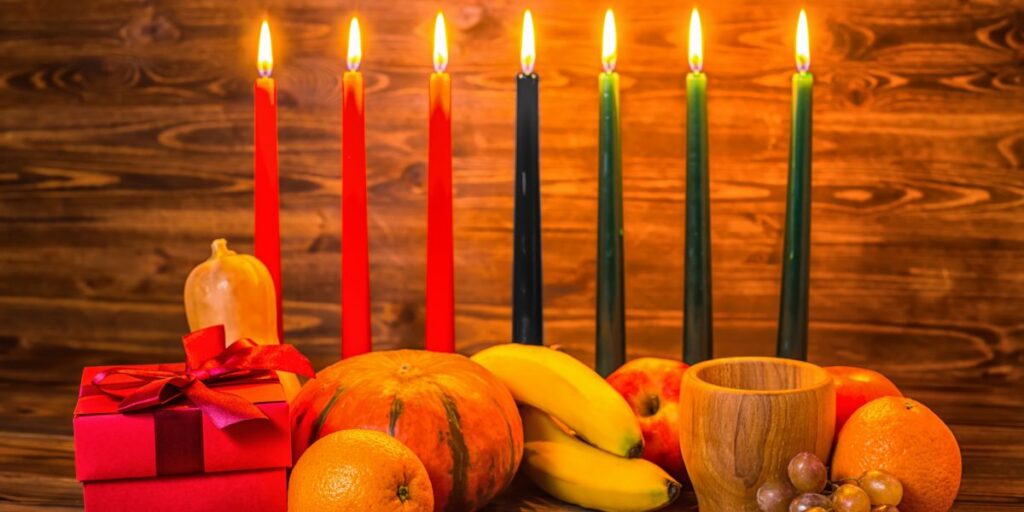
Beginning on December 26th, the holiday will run for seven days. Historically, it ties together traditional African harvest customs with the social history of African-Americans. ‘Mantunde ya kwanza,’ which translates as “the first fruits,” is a Swahili phrase from East Africa that inspired the celebration. It was decided to include the second “a” to make the name seven letters long, which relates to the seven Kwanzaa emblems, the seven principles, and the seven days of the festival.
When it comes to mealtime, families and friends congregate. The unity cup is passed from person to person, with each individual saying something encouraging about the African-American community. Following that, the kinara’s candles are lighted, and the precepts of the religion are chanted. Each member of the family participates in conversation and dance as they come together to celebrate their heritage.
17th January Benjamin Franklin Day
Ben Franklin Day is observed on February 17th in the United States as a way to recognize the tremendous work that he performed for the country, which included serving as President, inventor, scientist, and author, among other things.
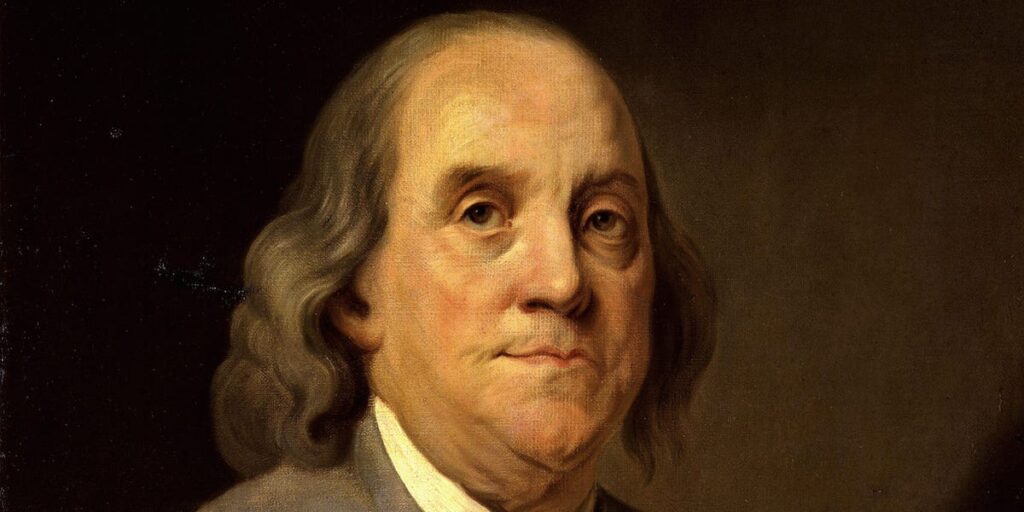
Location :
The United States of America is the location of the celebration.
Benjamin Franklin was born on January 17, 1706, in Philadelphia, Pennsylvania, and was one of the leading figures of the American Enlightenment. He is best known for many of his core values, which include integrity, character, and community spirit, which the United States and its people continue to strive to emulate today. Although it is unclear when the holiday was established, most people will learn a bit about him and the job he accomplished, and they will pass this information on to their children.
January 01: Global Family Day
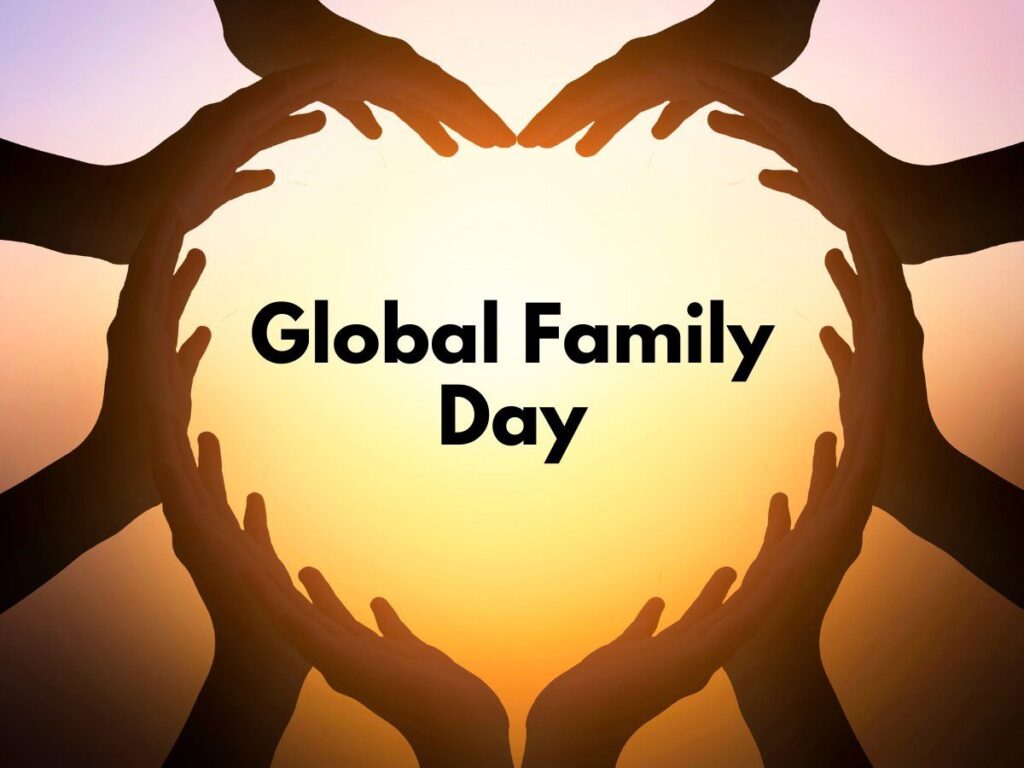
The United Nations Millennium Celebration, “One Day in Peace,” inspired the creation of Global Family Day. Congress, as well as the United Nations General Assembly, have declared this day a national holiday. A day to gather with friends and the less fortunate, to swear nonviolence, and to commemorate by ringing a bell are all part of the festivities.
January 19: Timkat

Because the Ethiopian calendar is observed there, Christmas falls on January 7 and Epiphany on January 19, which means Christmas and Epiphany are celebrated on the same day in Ethiopia. Timkat, Ethiopia’s Epiphany ceremony, occurs twelve days after Ganna. In this case, it is a commemoration of Jesus’ baptism in the River Jordan. A ceremonial baptism takes place as part of the festivities. Before the sun rises, a stream or pool is dedicated. Others immerse themselves in the water to symbolically repeat their baptismal vows, while others are sprayed with water as they enter the water.
January, February: Anthesteria, Feast of Flowers
An ancient Greek celebration that commemorated the maturation of the wine as well as the beginning of the springtime season. This festival in Athens commemorates Dionysus, the deity of the grape harvest, winemaking, and wine consumption. Grape “flower” or “bloom” is related to the term Anthesteria, which means “flowering” or “blowing.” According to A. W. Verrall (Journal of Hellenic Studies, xx., 1900, p. 115), it was a feast of “revocation,” in which the dead were summoned back to the world of the living after their death. Anthesteria was the name of a festival celebrated in ancient Greece during which the participants performed a ceremonial expulsion of the Keres, malevolent female spirits, from their dwellings.
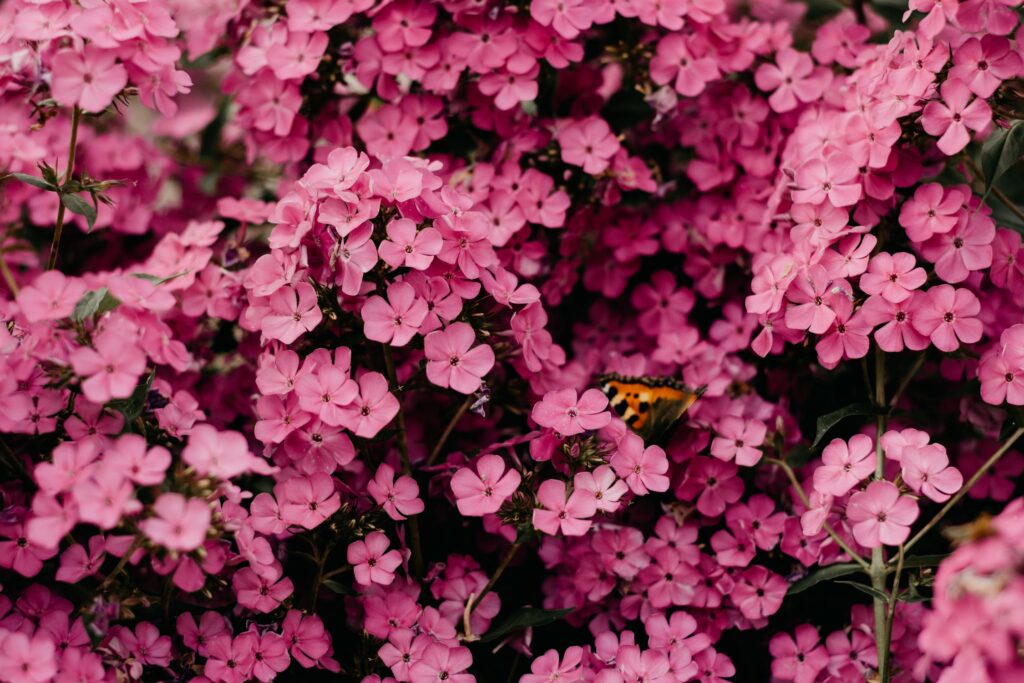
The festival, which took place around the time of the full moon in January or February, in the month of Anthesterion, lasted for three days (from the Hellenic calendar in ancient Attica).
- Dionysus and everyone in the family, including servants and slaves, were served wine from freshly opened casks on the first day of the festival, which was known as Pithoigia (the opening of the casks). Spring flowers were used to decorate the house and the children.
- A visitation day was scheduled on the second day, which was designated as Chaos (beaker festival). The day’s attire was varied, with some people dressing as Dionysus. In addition to visiting friends and family, they also visited local drinking establishments where drinking games were being played. The libations were poured on the graves of departed relatives, and some people provided wine in exchange for their services.
- In contrast, for the state, it was a ceremonial day marked by secret rites held in one of Dionysus’ shrines. The basilica (or basilinna), the wife of the archon Basileus, would be married to the god of wine in a ceremony that would be broadcast across the world. Athenian matrons, known as geraerae, were sent to help her. The basileus picked them and pledged them all to secrecy before they could begin their work together.
- In ancient Greece, Pithoigia and Chos were regarded as unfortunate and unclean days that required atonement by the use of libations. The souls of the deceased would emerge from the underworld and stroll about on the surface of the earth as a result of this. Many people chewed on whitethorn leaves and applied tar to their doors to shield themselves from evil.
- It was a celebration of the dead on the third day, Chytri (feast of pots). In exchange for the souls of the departed, cooked legumes were presented to Hermes, son of Zeus, who would dispatch them.
Indian Republic Day – January 26

The Republic Day of India is celebrated on January 26th, and the country marks the occasion with a parade and a salute to the Indian armed forces. There must be a special celebration on this occasion since it was on this day that the Indian Constitution was completed, and India would not be the wonderful nation that it is now if it did not have a constitution in place. Here’s a look at the significance of this day and some ideas on how you commemorate it.


